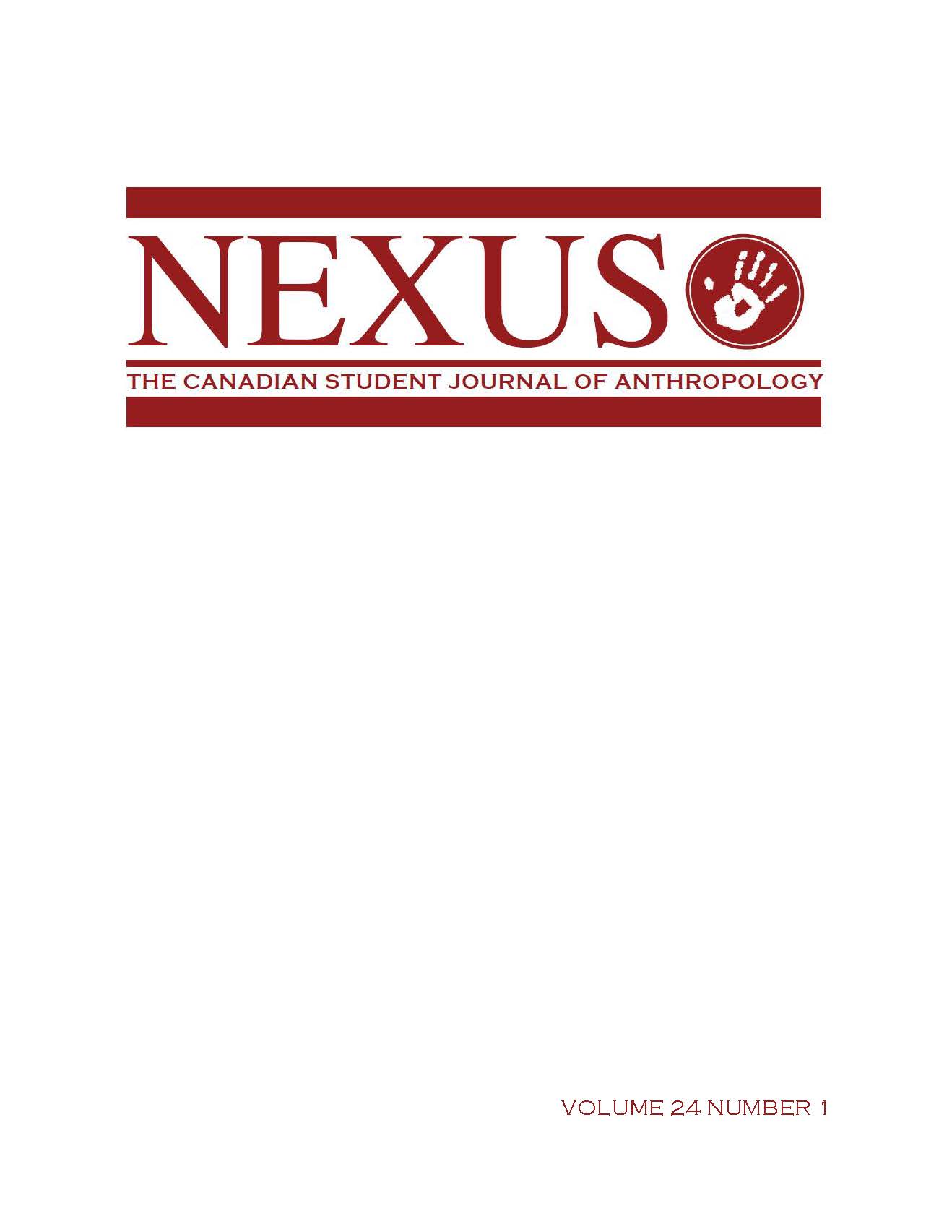Social Stratification and the Distribution of Capital in Kerala, India: Applying Bourdieu to the Centre for Research and Education for Social Transformation
Published 2016-12-05
Keywords
- caste,
- inequality,
- disparity,
- Kerala,
- India
- capital,
- social capital,
- cultural capital,
- Bourdieu,
- ethnography,
- social mobility,
- socio-economic mobility,
- economic liberalization,
- neoliberalism,
- poverty,
- social reproduction,
- scheduled tribe,
- scheduled caste ...More
Abstract
Long heralded as an oasis of caste consciousness and political mobilization against the formalized caste system in India (Devika, 2010; Steur, 2009), in truth, structural inequality arranged across caste lines persists in the state of Kerala (Mosse, 2010; Nampoothiri, 2009; Isac, 2011). In Kerala, and in India more broadly, inequality is maintained through social categorization; social networks emerging from and mirroring the divisions between castes impart dis/advantages to their members. In the midst of India’s economic liberalization, neoliberal trends including the privatization of education have ossified structures of access to higher education and, as such, competitive employment opportunities (Nampoothiri, 2009). Members of the dominant or ‘upper’ castes continue to be awarded disproportionate access to that which their society values and the tools necessary to succeed while Scheduled Caste (SC) and Scheduled Tribe (ST) communities operate at a structural disadvantage. This systemic unequal access is precisely what the Centre for Research and Education for Social Transformation (CREST) - an autonomous institution that seeks to enhance the employability of ST, SC and other eligible communities in Kerala - aims to address. I situate the ethnographic fieldwork I conducted at CREST within the theoretical framework outlined in Bourdieu’s (1986) seminal work The Forms of Capital. This approach elucidates the mechanisms through which CREST prepares ST, SC and other eligible communities’ graduates to succeed in contemporary Kerala’s competitive job market. I demonstrate how CREST facilitates the cultivation, adoption and transmission of cultural and social capital among its students and their communities, effectively increasing their capacity for socio-economic mobility. Furthermore, I discuss the potential of CREST to encourage its students’ development of critical perspectives on caste-disparity in their home state.
References
- Appadurai, A. (2004). The capacity to aspire: Culture and the terms of
- recognition. In R. Vijayendra, & M. Walton (Eds.), Culture and public
- action (pp. 59-84). Stanford: Stanford University Press.
- http://www.laboratorio-suigeneris.net/IMG/pdf/The_Capacity_to_Aspir
- e_pre-pub_.pdf
- Bourdieu, P. (1986). The forms of capital. In J. Richardson (Ed.), Handbook
- of theory and research for the sociology of education (pp. 241-258).
- New York: Greenwood.
- Centre for Research and Education for Social Transformation (n.d).
- Programs. Retrieved from http://crestcalicut.com/programs.php
- Centre for Research and Education for Social Transformation (2015).
- PGCCPD batch 26 code of student conduct. Kozhrikode, KL: CREST.
- Devika, J. (2010). Egalitarian developmentalism, communist mobilization,
- and the question of caste in Kerala state, India. Journal of Asian
- Studies, 69(3), 799-820.
- http://dx.doi.org/10.1017/S0021911810001506
- Isac, S. (2011). Education and socio-cultural reproduction: Development of
- tribal people in Wayanad, Kerala. Rajagiri Journal of Social
- Development, 3(2), 1-30.
- https://ethnographylab.files.wordpress.com/2016/01/education-and-
- sociocultural-reproduction-development-of-a-tribal-people-in-wayanad-
- kerala.pdf
- Mosse, D. (2010). A relational approach to durable poverty, inequality and power. The Journal of Development Studies, 46(7), 1156-1178.
- http://dx.doi.org/10.1080/00220388.2010.487095
- Nampoothiri, D.D. (2013). Confronting social exclusion: A critical review of
- the CREST experience. In Usha Z. (Ed.), Beyond inclusion: The
- practice of equal access in Indian higher education (pp. 251-287).
- London: Routledge.
- https://ethnographylab.files.wordpress.com/2016/01/confronting-
- social-exclusion- a-critical-review-of-the-crest-experience.pdf
- Steur, L. (2009). Adivasi mobilisation: ‘Identity’ versus ‘class’ after the
- Kerala model of development? Journal of South Asian Development,
- (1), 25-44.
- http://dx.doi.org/10.1177/097317410900400103
- Tata Institute of Social Sciences (2010). Scheduled caste/scheduled tribe
- cell. Retrieved from
- http://www.aicte-india.org/downloads/SC_ST_Booklet.pdf
- The Heart of Hinduism (2004). The Murti. Retrieved from
- http://hinduism.iskcon.org/practice/308.htm

